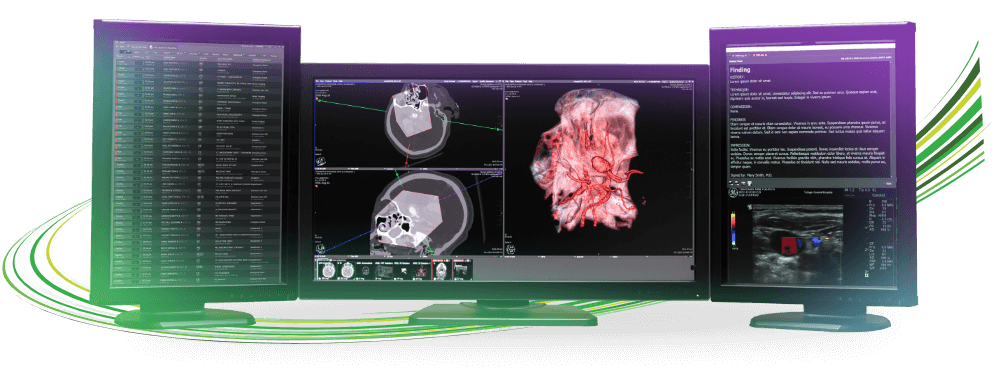Can you? Visage can. Vol. 1 Speed | Chapter 1: Image Display

Let’s begin with a little background about our new series of blog posts, “Can you? Visage can.” Fundamentally, it’s all about differentiation and value. Visage offers distinction in a sea of PACS sameness. While Visage customers appreciate the unique value of Visage 7, we’re trying to make it easier for outsiders to get insights into why Visage is truly a generation ahead. Get prepared, we’re going to give you a peek into Visage 7 that goes beyond features lists and RFP responses, cutting to the chase, while filtering out jargon, buzz and hype.
Speed is a topic that is near and dear to Visage. I think Dr. David Clunie said it best a few years ago at SIIM, when he commented that in Imaging, the top three requirements for any software application are, “Make it fast. Make it fast. Make it fast.” He was and remains spot on. Speed is central to Visage 7, but it’s actually much more than you’re thinking. More than just the rapid display of images, speed manifests itself in Image Display, 3D/Advanced Visualization, Digital Breast Tomosynthesis (DBT), In-Viewer Workflow, At Home/Remote-Reading, Regional Enterprise Imaging, Thin-Slice Reading, Priors, Study Injest Performance, Multiple-Workflows and Interoperability. While other vendor solutions use trickery, restrictions and workarounds to ‘simulate’ speed to the end user, Visage 7 transcends speed expectations across the entire platform.
Let me explain with Chapter 1: Image Display, because that's where the story begins, but doesn't end there.
Image Display
The most prominent, visceral indication of speed is image display. For years in PACS, there has been an expectation that the time “to first image” needed to be 2-3 seconds. Some vendors met that requirement, most did not. And even for those that did, was the “first image” sufficient? What about the entire dataset? If you wanted to view a specific image or series of images, users often had to wait for the entire dataset(s) to load. Some solutions implemented local/auto-caching to the client/workstation, to trick the user into believing that the viewer was fast. But if the current/prior dataset was not local, you still had to wait for the data to download. And for double-digit gigabyte sized datasets, that’s an impossibly long wait. Given these limitations, time to first image is a false metric of speed.
Visage 7 never caches images to the local disk, and yet, is incredibly fast. How fast? Visage tracks a key performance indicator (KPI) for our largest customer in the world, with a single production Visage 7 Backend Server (also replicated in a remote datacenter for High Availability), currently processing 2.8M annual new studies (growing to 3.8M across the system) as well as millions of priors, across dozens of distributed, regional hospitals. Their median display time to view the entire study, across all imaging modalities, across all study sizes, is 1.1s. While there are outlier studies that may take longer than 1.1s, this KPI is based on production Visage 7 customer data, at massive scale, spanning all diagnostic and clinical workflows, across all sized studies. Let me repeat: 1.1s.
This is no myth, but verifiable truth.
Stay tuned. Next up for "Can you? Visage can" is Chapter 2: 3D/Advanced Visualization.




